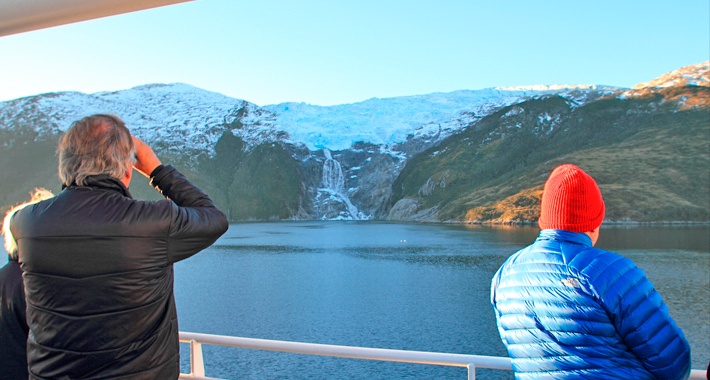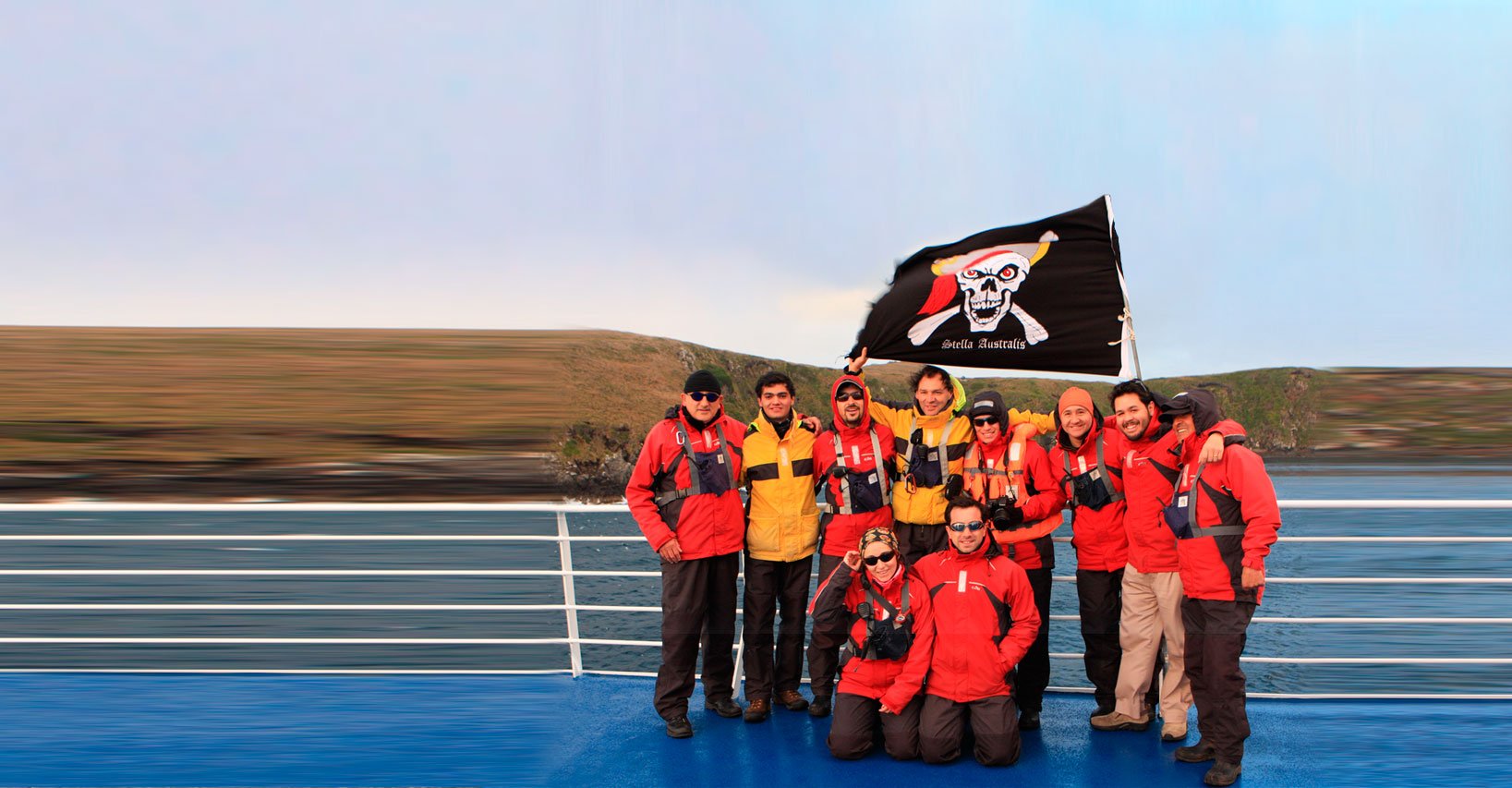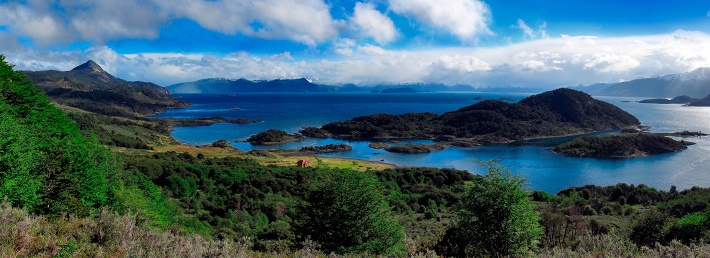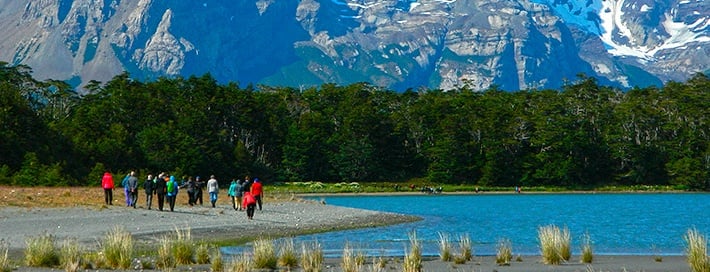
It’s only natural that a biology student would develop admiration for Charles Darwin. His theory of evolution continues as a base for much current research and is still a source of debate among those who accept its tenets and those who do not. Likewise, it’s only natural that what we learn academically of Darwin are his scientific achievements. Yet other aspects of his life remain unfamiliar to us.
Years of sailing the cold and stormy seas that surround the mysterious Terra Australis must have been a great challenge to Darwin. He suffered constant seasickness, gave countless nicknames to the crew, witnessed maritime life and customs — expressing displeasure and discomfort over more than one. But each time the fog lifted and revealed new landscapes before his eyes he would forget whatever negativity had been plaguing him.
Throughout my own wanderings at the end of the world, I discovered that I have a lot in common with Darwin. Like him, the region’s landscapes, the animals, the vegetation and their peculiar adaptations — so different from those of the northern hemisphere — amaze me. I continue to learn more details about his voyage and I follow in his footsteps in places like Cape Horn where his ship, the Beagle, was almost wrecked by strong tides and constant storms.
Darwin disembarked at Wulaia Bay on Navarino Island, a site steeped in history. It was from here that three indigenous Fuegians were taken to England to be educated, and to here where they returned two years later. Darwin’s encounters with the local people helped him to comprehend the processes of education and civilization, despite his prejudices. Sailing through Glacier Alley in the Beagle Channel, I was following in his wake without even realizing it at the time. His studies of the region, which made him Patagonia’s first glaciologist, only deepened my admiration for him.
Many historical figures have recognized the uniqueness of Patagonia’s land and sea. It’s a region that has inspired countless anecdotes and created mythical characters, but also inspired Charles Darwin to record his astute observations. Through these chronicles he is able to share his passion for the nature of the southern wilderness with today’s naturalists, here at the end of the world, with Australis.




